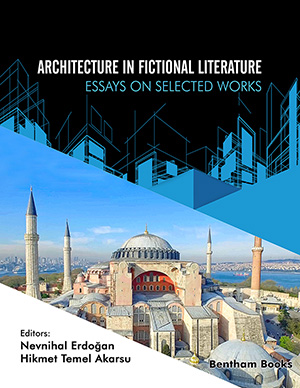Abstract
SHS investigation development is considered from the geographical and historical viewpoint. 3 stages are described. Within Stage 1 the work was carried out in the Department of the Institute of Chemical Physics in Chernogolovka where the scientific discovery had been made. At Stage 2 the interest to SHS arose in different cities and towns of the former USSR. Within Stage 3 SHS entered the international scene. Now SHS processes and products are being studied in more than 50 countries.
Abstract
Some writers have written so vividly about the cities they lived in that even their names are associated with those very cities. James Joyce with Dublin is one of them. In his acclaimed, post-modernist work, Ulysses, Joyce recounts a single day of two of the most famous characters in literature, Leopold Bloom and Stephen Dedalus, in Dublin, June 16, 1904, interspersed with numerous encyclopedic knowledge, literary, historical, and cultural references, puns, puzzles, lists, recipes, etc. Ulysses is also an extremely deep naturalistic work. Actual and current events, historical references, newspaper reports, space, environment, and object depictions in the narration are meticulously researched by Joyce, so much that he said, “If Dublin one day suddenly disappeared from the Earth, it could be reconstructed out of my book.” Via his stream-of-consciousness method, Joyce enables the reader to experience the entire fabric of the city in almost all five senses, hand-in-hand with the Irish protagonists, Bloom and Dedalus. The underlying reason is the importance he attributes to the concept of “experience/intuition” and the feeling of “here and now.” Thus even the simplest details become indispensable in Joyce’s Dublin. The influences and connections awakened in the characters’ consciousness through the symbols they encounter in the city turn Joyce’s Dublin into a landscape of meanings. This is perhaps one of the most accurate psychological interpretations of the city-human relationship. No writer has described how a city dweller experiences his surroundings better than Joyce has in Ulysses. Perhaps the only way for an architect to experience Dublin and the buildings of that city is to read James Joyce’s Ulysses.
Keywords:
Ahmet Hamdi Tanpınar, André Malraux, Cimabue, Dublin, Franz Kafka, Giotto, Here and now, Istanbul, James Joyce, Leopold Bloom, London, Nationalism and religion, Naturalism, Paris, St. Stephens, Stephen Dedalus, Stream of consciousness, Trieste, Ulysses, Zurich.
Recommended Chapters
We recommend

Authors:Bentham Science Books






